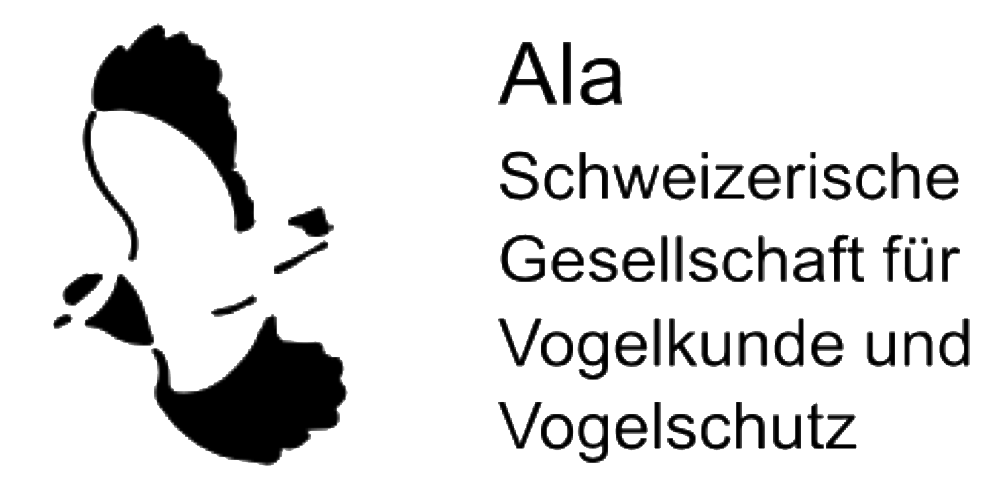Artikel-Suche
einfache Suche | erweiterte Suche
Autor(en)
Erdeni N. Elaev, Alexander A. Ananin, Stephan Weigl
Titel
Zur sekundären Expansion des Kormorans Phalacrocorax carbo am Baikalsee, Südostsibirien, samt Aspekten zu Nahrungsökologie und Parasitologie.
Jahr
2024
Band
121
Seiten
166–176
Key words
(von 1994 bis 2006 vergeben)
(von 1994 bis 2006 vergeben)
Schlagwort_Inhalt
Schlagwort_Vogelart
(wissenschaftlich)
(wissenschaftlich)
Bucephala clangula, Mergus merganser, Mergus serrator, Aythya ferina, Aythya fuligula, Anas acuta, Anas crecca, Gavia stellata, Phalacrocorax carbo, Hydrocoloeus minutus, Chroicocephalus ridibundus, Larus canus, Chlidonias leucopterus, Sterna hirundo
Schlagwort_Vogelart
(deutsch)
(deutsch)
Schellente, Gänsesäger, Mittelsäger, Tafelente, Reiherente, Spiessente, Krickente, Sterntaucher, Kormoran, Zwergmöwe, Lachmöwe, Sturmmöwe, Weissflügelseeschwalbe, Flussseeschwalbe
Schlagwort_Geogr.
Baikalsee, Russland, Sibirien
Sprache
deutsch
Artikeltyp
Abhandlung
Abstract
On the secondary expansion of the Great Cormorant Phalacrocorax carbo at Lake Baikal, southeastern Sibiria, including aspects of feeding biology and parasitology. – The Cormorant Phalacrocorax carbo sinensis was a common breeding bird at Lake Baikal in south-eastern Siberia until the middle of the 20th century. For reasons that are not entirely clear, it disappeared from the region, only to return at the beginning of the 21st century. A connection is suspected with human persecution, overexploitation of fish stocks and the cyclical drying up of waters in the breeding areas of Transbaikalia and Mongolia. Today, the population has stabilized at a high level with up to 40 000 birds. In order to contribute to research on the ecology of the Cormorant during its recolonisation of the Baikal region, we carried out dietary analyses and studies of endoparasites and ectoparasites. Material for the cormorant dietary analyses consisted of 28 stomachs of dead birds, visual observations of feeding cormorants using optical equipment, and regurgitated stomach contents from chicks. The cormorantsʼ main diet consisted of locally economically unimportant fish such as Chinese Sleeper Perccottus glenii, Perch Perca fluviatilis and Roach Rutilus rutilus. Parasitological studies have revealed eight species of helminths with varying degrees of infestation. As hosts of ticks, helminths and other ecto- and endoparasites, Cormorants are, just like other waterfowl, potential sources for the occurrence and spread of ornithosis and helminthiasis that may be transmitted from their breeding grounds.
PDF Dokument (öffentlich)
PDF Dokument (registrierte Mitglieder)












